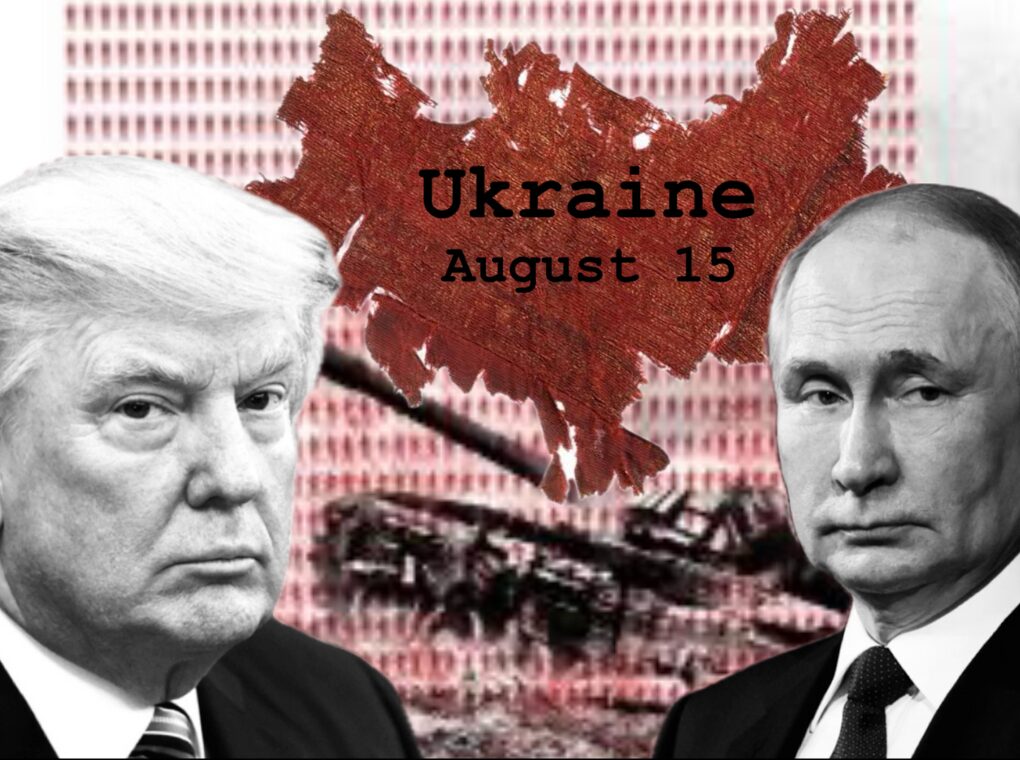August 15 holds a profound resonance in recent US foreign policy—not simply as a date, but as a symbolic marker of American intervention, withdrawal, and the shifting levers of global power. Four years separate the dramatic return of the Taliban to Kabul in 2021 and the present moment, where on another August 15, the United States once again sits at the center of negotiations that could determine Ukraine’s fate.
The Taliban’s Rapid Resurgence: A Crisis Engineered?
When the Taliban swept into Afghanistan’s capital on August 15, 2021, it was less a sudden storm than the culmination of years of decisions in Washington. The US-Taliban agreement of 2020, brokered under the Trump administration, paved the way for American and NATO forces to withdraw, with the hope—never realized—of a negotiated peace between the Taliban and the Afghan government. Instead, Afghan security forces, despite years of funding and military support, collapsed in the face of the Taliban’s advances. Within days, the Western-backed government disintegrated, President Ghani fled, and the Taliban declared an interim government.
The speed of the collapse stunned US officials, who underestimated both the Taliban’s capacity and the fragility of Afghan state institutions. The withdrawal, intended to end America’s longest war, left a vacuum and precipitated an economic and humanitarian crisis now endured by millions of Afghans. The war as waged by America—a mix of military might and aid, proved incapable of forging a stable state once the plug was pulled, and America’s ignominious exit became a symbol of declining US influence and the limits of military intervention.
Ukraine: Decisions Amid Stalemate
Fast forward to 2025, and again the United States faces a pivotal role, this time in Eastern Europe. Since the Russian invasion in 2022, the US has provided $66.9 billion in military assistance to Ukraine—vital for Ukraine’s survival, but always calibrated to avoid direct entanglement with Russian forces. The initial “as long as it takes” mantra under Biden was marked by restraint, powerful weapons, but many limits on their use, always careful not to cross Moscow’s red lines.
Even as the battlefield shifted and the war entered a protracted phase, the US approach remained cautious. Reports in 2024–2025 show the US dictating terms, at times urging Ukraine to avoid attacks on Russian territory and at others greenlighting strikes for tactical reasons. A significant policy shift under the new administration now prioritizes security guarantees and acknowledges the improbability of Ukraine regaining all its pre-2014 territory, steering negotiations and pushing Europe to shoulder more of the burden. The message is clear: the US has both the material and diplomatic power to shape Ukraine’s choices.
America’s Calculus: Fatigue, Interests, and Lessons Learned
What binds these two “August 15” moments is the question of agency: who truly decides the fate of nations caught in the crosshairs of global power struggles? In Afghanistan, American fatigue outpaced its national interests; once al-Qaeda was decimated and bin Laden killed, the logic for long-term commitment crumbled. Afghanistan slid from central concern to peripheral problem.
Ukraine’s situation is different, but some patterns rhyme. Ukraine, by virtue of geography and the threat to the European order, is more central to US security interests than Afghanistan ever was in 2021. However, US willingness to invest infinite resources has a ceiling—one defined by domestic politics, strategic priorities, and competing crises. It is this calculus that allows Washington to set boundaries on arms shipments and to nudge Kyiv toward negotiation, just as it did by omission rather than commission at the end of its Afghan mission.
Two Withdrawals, Two Messages
The contrasts between Afghanistan and Ukraine are striking, but in both, the US ultimately holds disproportionate sway over outcomes. In Afghanistan, withdrawal meant the end of a regime and the suffering of millions left behind. In Ukraine, continued US support sustains the fight, but Washington’s readiness to negotiate, or to scale back assistance, could spell the difference between survival and subjugation for Kyiv.
August 15, then, is more than an anniversary. It is a reminder that for all the talk of local agency and sovereignty, America’s power whether exercised by presence or by absence, remains determinative. Four years after Kabul fell, and as new maps of Europe are being drawn, it is still Washington, not Kabul or Kyiv, that holds the pen.
